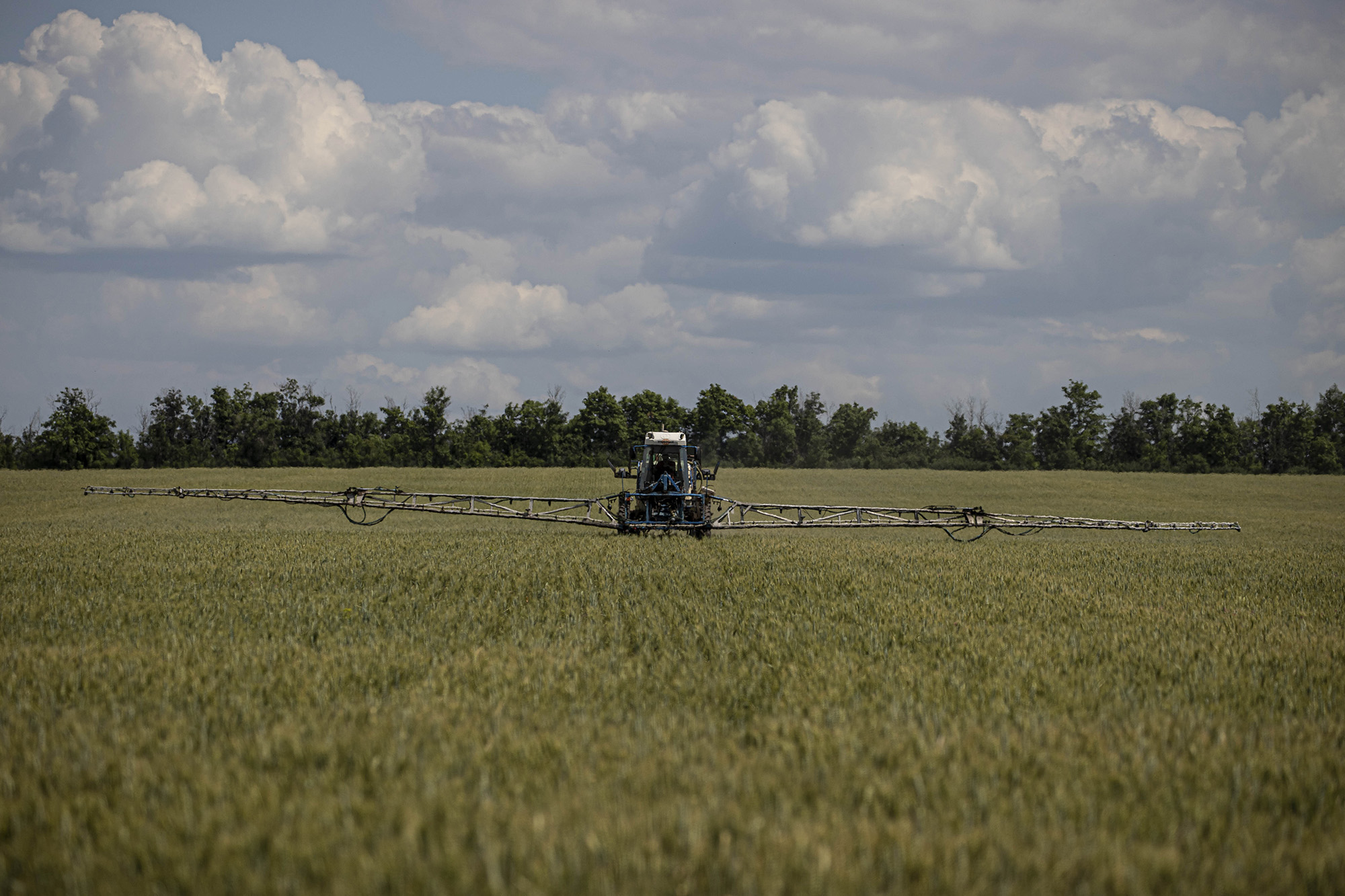
Ukrainian farmers have sown about 25% less land than was in cultivation in 2021, according to officials and independent estimates.
According to Markiyan Dmytrasevych, deputy minister of Agrarian Policy and Food of Ukraine, a total of 13.5 million hectares had been sown with a variety of crops — 80% of the territory that was sown last year.
Obviously we couldn’t sow in Luhansk, Donetsk regions, partially in Kyiv, Chernihiv and Sumy regions,” Dmytrasevych said.
In addition, rich agricultural land in southern Ukraine is now under Russian control. This area also produced much of Ukraine’s vegetables.
Another senior official at the Agrarian Policy Ministry, Taras Vysotskyi, said more spring wheat had been sown this year that last, but there had been sharp declines in in the sowing of corn and sunflowers.
As for the expected harvest, Vysotskyi said “there may be about 48-50 million tons of grain. It is less than previous years, when it reached 85 million.” Dmytrasevych gave a similar forecast, saying “We hope to harvest approximately 60 million tons of grain and oilseed crops — a little over a half of what we harvested last year.”
Separately, Maxar Technologies examined satellite imagery of agricultural areas in Ukraine and concluded that Ukrainian farmers planted 30% less spring acreage in 2022.
Maxar predicted that 2022 production of corn will be down 54% and production of sunflowers down 40% when compared with the 2021 growing season.
The conflict has destroyed dozens of grain storage facilities at ports and in rural areas, with around 10 million tonnes now under Russian control while others have been destroyed in missile and artillery attacks. In May, multiple sources also told CNN Russian forces were stealing farm equipment and thousands of tons of grain from Ukrainian farmers in areas they had occupied.
Some Ukrainian officials say that storage difficulties have led farmers to switch crops. Marchuk additionally cautioned that shortages of fuel could hamper the harvest. And he said farmers faced a financial crisis, with interest on loans rising by up to 35%.
“A compromise needs to be reached to reduce the interest rate. In conditions when there are no exports, when there is no working capital, it is very difficult to repay credit with very high interest, as opposed to the rates that existed before.”
Exporting grain and oilseed crops has been complicated by the blockade of Odessa and other Black Sea ports.
Dmytrasevych said that since the Russian invasion, Ukraine had exported 4 million tons of grain and oilseed crops, compared to a pre-war forecast of between 5 and 6 million tons. Various options for road and rail transport have been developed, with grain traveling by rail to the Romanian port of Constanta, and across the land border into Poland. But the alternatives are more cumbersome than shipping to world markets through the Black Sea.

